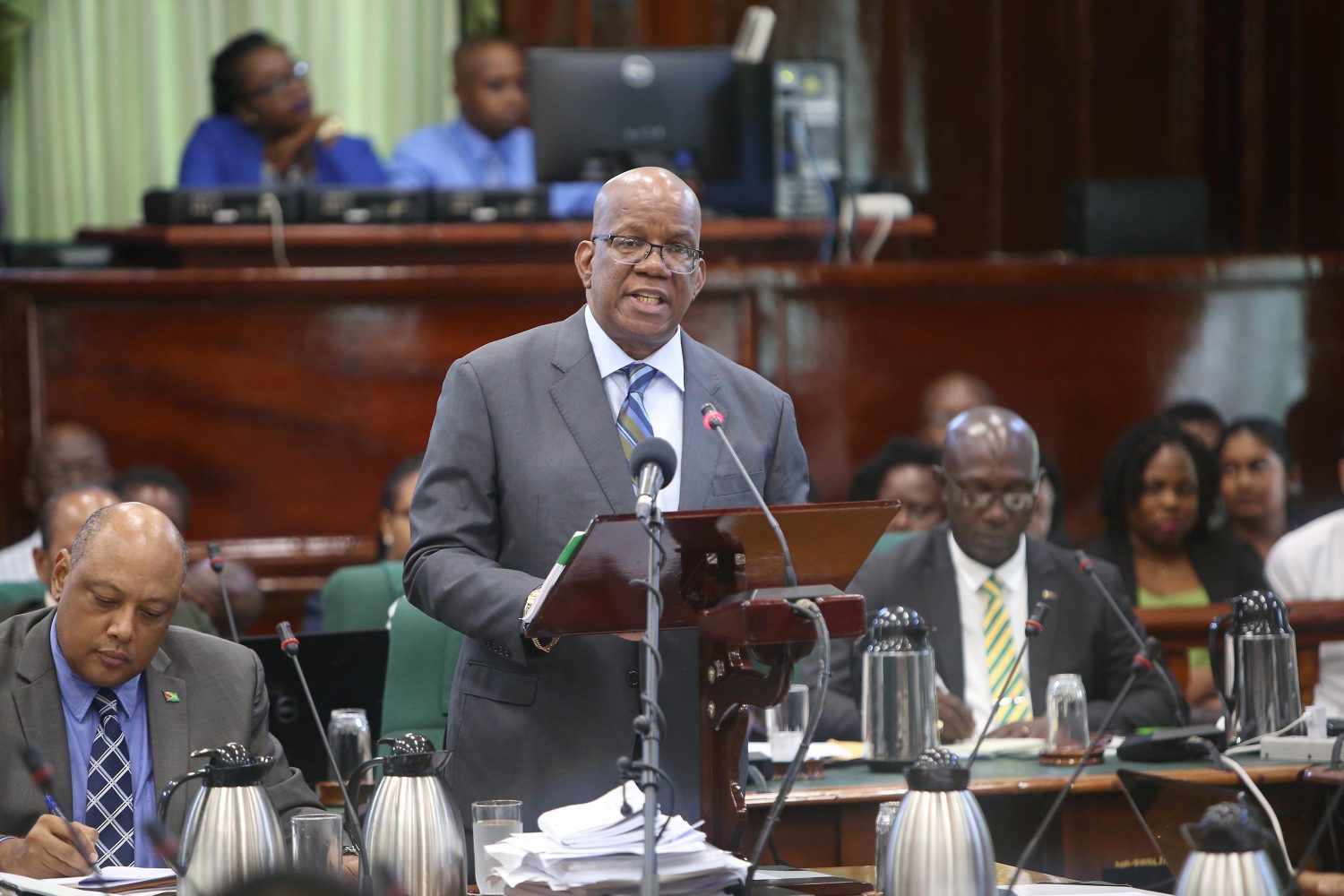Against the backdrop of what it says is its focus of creating further opportunities for the development of hinterland agriculture, government has disclosed in its 2018 budget an intention to allocate some $265 million to the design and construction of an agricultural centre and reservoir at Lethem and the upgrading of the existing agricultural research station at Ebini.
The facilities, Finance Minister Winston Jordan said in his budget presentation, are intended to facilitate research programmes in agricultural produce associated with interior locations including cassava, peanuts, orchards, livestock and pasture development in the Savannahs. In 2018, farms in Hosororo and Mabaruma cultivating crops like turmeric, black pepper and ginger will be allocated additional funding for expansion, while, according to the Finance Minister discussions are underway with a view to conducting a feasibility study for the “most suitable options” for the opening up of farming initiatives along the Linden-Ituni-Kwakwani and Kwakwani-Ebini corridors.
And according to Jordan the focus on raising the profile of agriculture in the country’s non-coastal regions is aimed at creating “a more resilient industry that will no longer be affected by the coastal threats caused by climate change.” Beyond the concern over climate change and its possible impact on the country’s agricultural sector the 2018 budget presentation points to what the administration says is the fact that it “remains proactive in the promotion of non-traditional agricultural products, new technologies and supporting infrastructure, towards the ultimate goal of enhancing national production and productivity. Next year’s drive to expand hinterland agriculture is aimed, the Finance Minister says, at “enhancing national food security.
Whatever promises are made in the budget the true test of the effectiveness of attempts to shore up hinterland agriculture, Region Ten farmer Vibert Gittens told Stabroek Business, will be measured against the ability to transport the yield from interior farms to coastal markets and to create the agro processing capacity to otherwise enable the worthwhile utilization of food produced on those farms, particularly in circumstances where the National Agricultural and Research Extension Institute (NAREI) has declared its intention “to continue to support the expansion of our agricultural base and reduce our dependence on imports.”
All of this, the Guyana Manufacturing & Services Association (GMSA) says will, hopefully, tie in with its current lobby, through the ongoing high-level negotiations with government to invest in technology capable of providing the country’s agro-processing sector with cheaper, more efficient processing capacity.
Mindful, it seems, of heightened regional and global concerns over food safety considerations, the national budget has also alluded to what it says are draft regulations for general food safety which will cover fruits and vegetables…; slaughterhouse regulations; beef inspections and grading and poultry, milk and eggs” which regulations are expected to be completed in 2018. This initiative, the budget presentation says, seeks to standardize the outputs of the sector, thereby improving competitiveness and promoting easier access to international markets.”
In his budget presentation, Jordan said, meanwhile, that as part of government’s overall effort to raise both the profile and the profitability of the sector, government has embarked on what he says is a “targeted livestock development programme” designed to rebuild the local herd with a view to exporting beef and, as well, to establishing two modern abattoirs in Regions Five and Nine which, when completed, will enable farmers to slaughter their livestock according to international standards and will support certification for export.”






